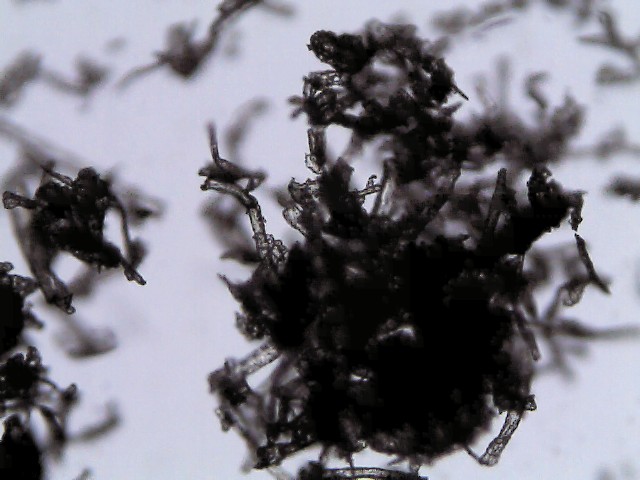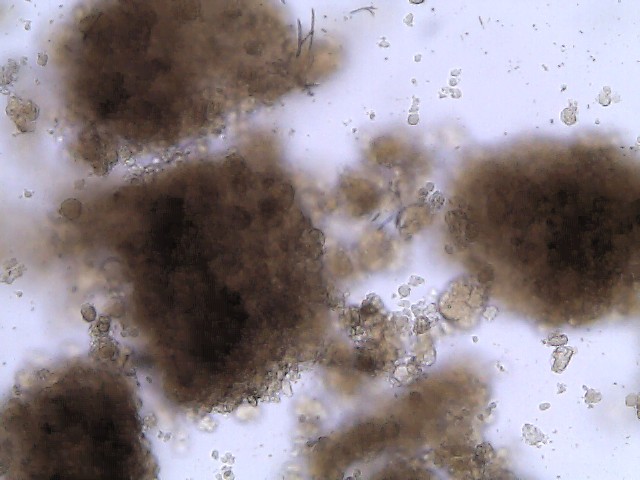Mark42
Fleet Admiral
- Joined
- Oct 8, 2003
- Messages
- 9,334
This is taken from a West System docuemnt:
Read the entire article here: http://www.westsystem.com/ewmag/22/pdf/Ew22_Polyester.pdf
In repairs above the waterline, gelcoat applied
over properly prepared WEST SYSTEM epoxy
has a great track record. Many boats have
been repaired this way and are performing
well in a variety of climates. Boats that are dry
sailed or trailered have also had good success
with gelcoats on underwater epoxy repairs.
Concern about adhesion occurs in situations
where boats are in the water constantly and
need to have a high level of finish on their
bottoms that requires gelcoat. Such a situation
might occur with a boat kept in a pristine lake
where antifouling paint is often not used.
Since the polyester gelcoat is not very good at
preventing moisture from permeating through
to the laminate, there has been a concern that,
over time, the gelcoat will detach from the
more moisture resistant epoxy layer.
.....
Conclusion:
The overall effect of moisture on the gelcoat?s
bond to both the polyester and epoxy panels
was negligible. The graphs show very little
change in the adhesive strength, and much of
the variance is within the tolerance of the test
method. When the studs were pulled, the failures
occurred in the fairing compound, cohesive
failure of the gelcoat, or in the bond
between the gelcoat and laminate. Since these
three modes of failure occurred under similar
loads, it indicates that the strength of the bond
is close to the cohesive strength of both the
gelcoat and the fairing compound
Read the entire article here: http://www.westsystem.com/ewmag/22/pdf/Ew22_Polyester.pdf





















